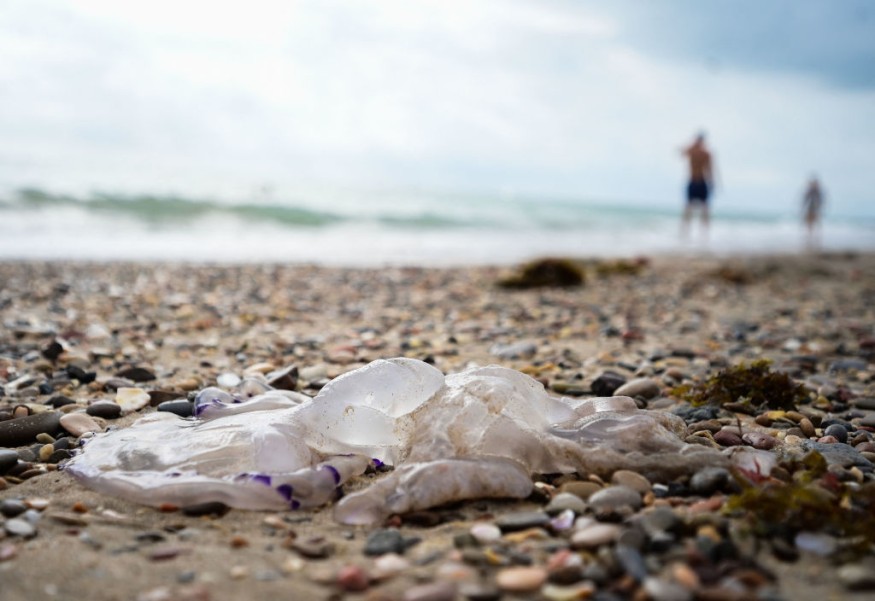
A study found out that marine heat waves have varying effects to apex predators.
These was found out by a group of researchers who have analyzed tag data from various ocean species, such as sharks and whales, in order to learn more about their behavior during the occurrence of heat waves.
Intensifying heatwaves' impact on marine life
Experts said that marine heatwaves cause widespread environmental, biological, and socio-economic impacts, and this placed them at the forefront of 21st-century management challenges.
However, heatwaves usually vary in intensity and evolution, and a paucity of information on how this variability affects the marine life limits the people's ability to proactively manage for the extreme phenomenon.
In the study, researchers have quantified the effects of four major North Pacific marine heat waves on the spatial distributions of at least 14 marine top predators, which come from several major guilds: seabirds, mammals, turtles, tunas, and sharks.
They noted that the impacts to most of these species during the marine heat waves were previously unexamined. The study then provided an unprecedented look at how responses vary across a group of iconic species and across marine heat waves.
It was found out that the Northeast Pacific Ocean could be considered as an ideal testbed for examining the effects of the marine heat waves. This region has experienced some of the longest, largest, and most intense marine heat waves on historical record, with thermal displacements of >1000 km during the strongest events.
Further, the region is also deemed as a biodiversity hotspot and major foraging ground, attracting a range of top predator species from across the broader Pacific Ocean. Many of these species are ecologically and commercially valuable and/or threatened with extinction.
As researchers examined the behavior of the marine creatures, they have found out variable responses in which some suffered while others have actually prospered.
For example, bluefin tuna and blue sharks were forced to deal with near total loss of their habitat during the occurrence of a 2015 heat wave. On the other hand, some sea lions and elephant seals saw huge habitat gains during the heat wave that happened in 2019.
It was also notable that many marine species moved to cooler areas during heat waves. For example, a huge number of bluefin, albacore and yellowfin tuna moved from unusually warm waters off the coast of Mexico in 2014 to cooler waters off the coast of California.
In the method of the study, experts quantified the marine heat wave impacts on species' core habitats using four metrics. They said that displacement, direction and distance captured how the center of gravity of core habitat changed during marine heat waves and was measured as a vector of both cardinal direction (degrees) and distance (kilometers).
Moreover, the range extent captured the distance between the leading and trailing edges of the core habitat in the north-south and east-west directions, providing a metric of range compression or expansion due to marine heat waves.
Marine heat waves
The National Oceanic and Atmospheric Administration said that more isolated marine heat wave conditions have been detected off the Northeast US coast, along the path of the Gulf Stream.
It said that marine heat waves are usually defined as any time the ocean temperature is above the 90th percentile for a specific length of time.
This means that the temperatures are warmer than 90% of the previous observations for a given time of year. Experts said the marine heat waves can last for weeks, months or even years.
Related Article : Scientists Study Extreme Underwater Heat Waves That Dramatically Impact Marine Life
Related Video:
© 2026 NatureWorldNews.com All rights reserved. Do not reproduce without permission.





